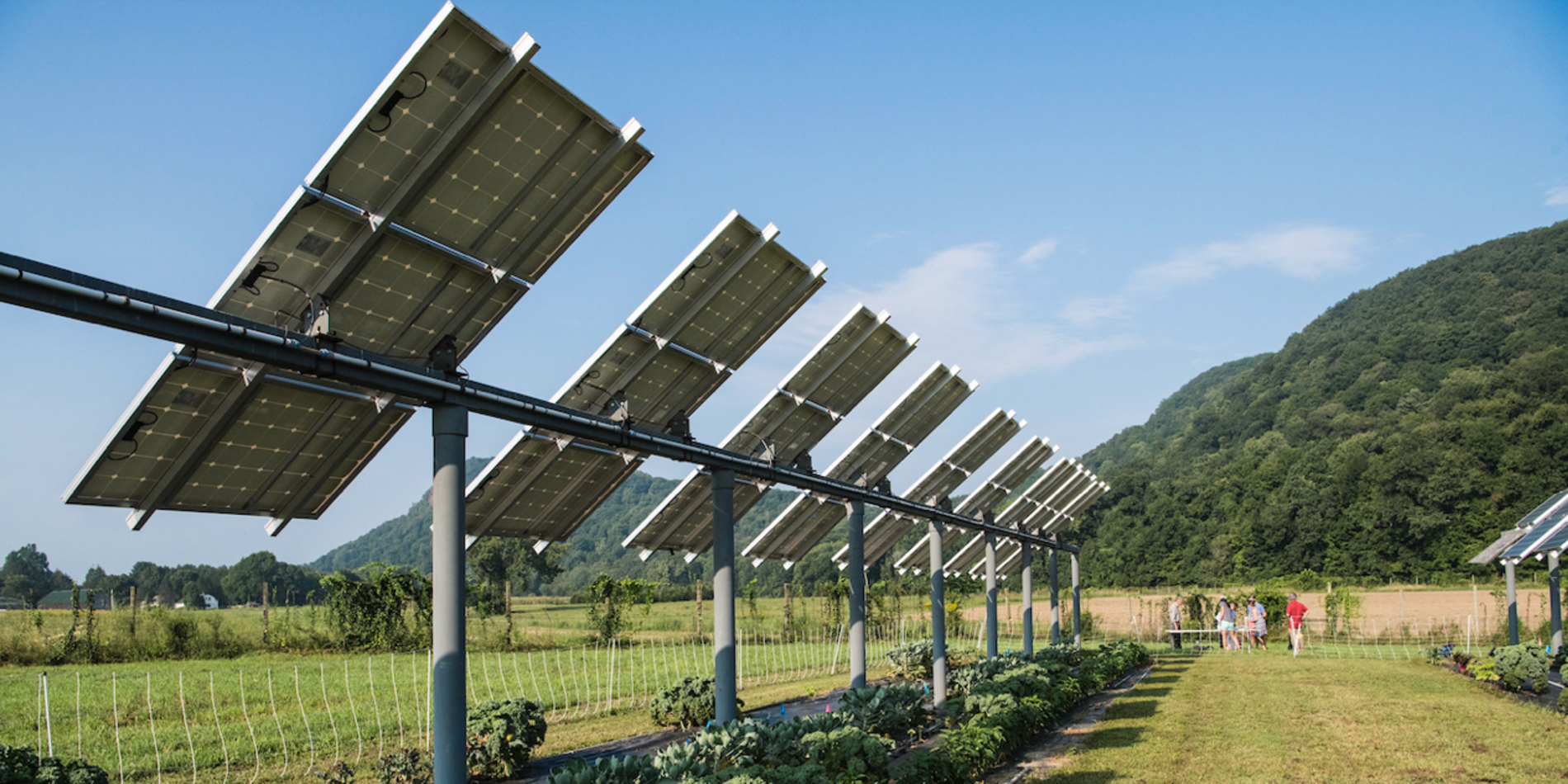A Driving Force

The trucking industry is the logistical backbone of modern life. By some measures, 4 out of every 5 objects you own were transported by truck: the food on your plate, the shoes on your feet, the digital device in front of you.
With its central role in the U.S. economy, trucking likewise plays a significant role in the nation’s carbon emissions. According to the U.S. Environmental Protection Agency, medium and heavy-duty trucks are responsible for roughly a quarter of greenhouse gas emissions from the transportation sector in this country.

For husband and wife team David and Sandra Manosalvas-Kjono, they see trucking fleet efficiency as a road to a healthier future and a more sustainable economy. It’s why they co-founded the venture Aeromutable in 2018, setting out to build an aerodynamic tool three times more effective than what is on the market now.

David, who wrote his Stanford dissertation on the aerodynamics of heavy vehicles, says he began feeling an urgency to apply his research to the real world.
“One of the frustrating things about PhD work is that all of those findings could end up sitting on a shelf for 20 years waiting for a commercialization partner to see their promise,” he says. “I realized that if we really wanted this technology to get out of the lab and have an impact on society, we had to do it ourselves.”
Diesel trucks are a source of harmful pollutants that are a risk factor for respiratory illness and other diseases, and are associated with increased likelihood of severe outcomes in COVID-19, as researchers have begun investigating this year. It’s a burden that falls more heavily on families whose backdoors open to four-lane highways and who can’t afford to move to cleaner air.
To streamline the trucking industry would be a triple win: for the environment, for the businesses, and for these frontline communities.
Invisible precision
At highway speeds, more than 65 percent of the total energy of semi-trucks is used to overcome aerodynamic drag. Currently trucking owners can retrofit their rigs with tails constructed of metal or plastic that help air move more smoothly past the turbulent wake zone, at the rear of the vehicle. In fact, the California Air Resource Board requires the use of these devices for companies driving within the state.
Aeromutable has a new take on that analog technology: Air itself. Instead of using hard surfaces to alter the aerodynamic flow along the truck, the venture is using air injection—what they call “virtual surfaces”—to accomplish the same task. Semitrucks will be outfitted with a metal frame mounted with air nozzles that communicate with sensors positioned along the truck body.
Unlike traditional hard fins, which are fixed in either an open or closed position, Aeromutable’s version can be adjusted constantly. An AI-run controller calibrates this invisible tail to best suit the weather and road conditions in real time.
Nimble support
The Aeromutable device is a brainchild of both co-founders’ expertise. Sandra, who completed her PhD in electrical engineering at Stanford in 2018 and served as a Navy helicopter pilot before that, is the sensors expert and the chief operations officer. CEO David earned his PhD in aeronautics and astronautics the same year.
The duo has won a slew of support since first earning an Innovation Transfer grant from the TomKat Center for Sustainable Energy in 2018. Right away, Aeromutable gained a bench at the Chain Reaction Innovations Program at Argonne National Laboratory in Chicago. Once in the Midwest, they joined the National Science Foundation’s Innovation Corps program and the LatinX Incubator—mentorship that has been especially valuable while building a business during a global pandemic. Then in October, Aeromutable was named the regional winner and national runner-up in the Cleantech Open 2020 pitch competition, which took place at the culmination of the accelerator for promising startups.
From the beginning though, David says the TomKat Center support gave them momentum to start building sub-systems of their device more quickly.
“The flexibility was amazing for us,” he says. “It gave us the boost to be able to hit the ground running.”
The cofounders are now in the process of building a full-scale prototype with manufacturers in San Diego, where the venture recently relocated, with hopes of testing their design on a track and on the road in mid- to late 2021. They continue to work closely with scientists at Argonne, and have benefitted from interns from both the San Diego Economic Development Council and the TomKat Center.
Industry insights
Over the past two years, the Aeromutable team has interviewed scores of trucking professionals, from drivers to mechanics to fleet owners.
“At first it was like, ok, we interviewed one person, then two, then five,” says David. “After 150 people, I lost count.”
Just as their device recalibrates based on constant feedback, as a business they have been able to reshape to their market in a similar way. For example, they learned that driver retention is a big problem for shipping companies. A lot of drivers simply burn out and find other occupations.
The Aeromutable duo discovered that a side benefit of their device is that it helps drivers in difficult road conditions—particularly unpredictable cross-winds. By automatically counterbalancing buffets on windy days, the tool decreases “trailer crawl” (i.e., when the trailer gets blown into another lane)—so drivers won’t have to white-knuckle quite so badly to stay between the white lines. Fleet owners tell them that any measures to make the truck cab and the job more comfortable will be a win.
As California moves toward a statewide goal of 100 percent electric vehicles by 2030, David anticipates that their aerodynamic device can evolve with the fleets, helping trucks to improve their range by extending the distance driven on a single battery charge.
Through these conversations, he learned that trucking companies often view aerodynamic devices as burdens, because the industry operates on such slim profit margins of 1 to 3 percent profit.
“In the future, whether the engine is diesel or electric, we hope our device will be seen as an asset and a lever to increase profitability,” he says.



